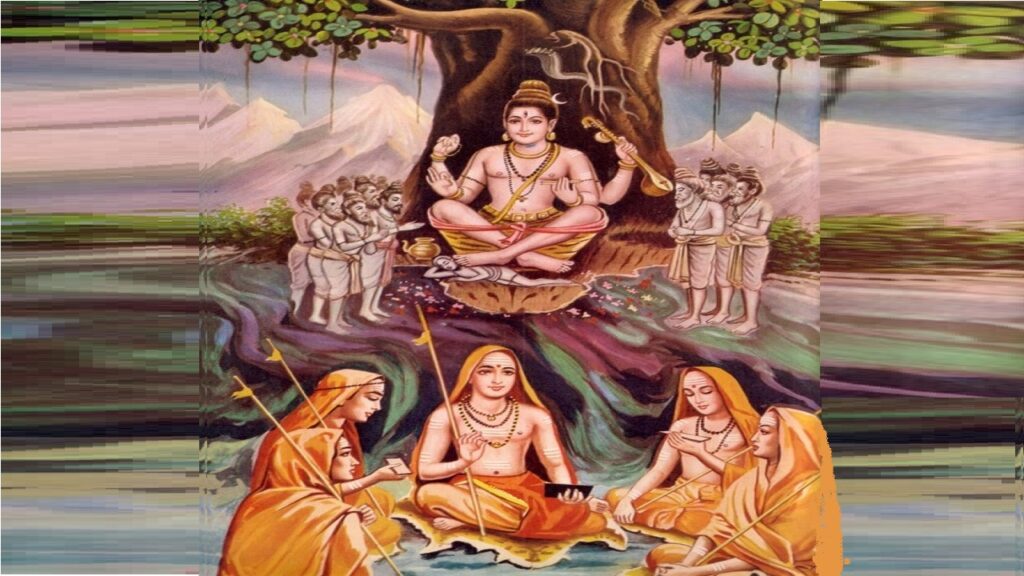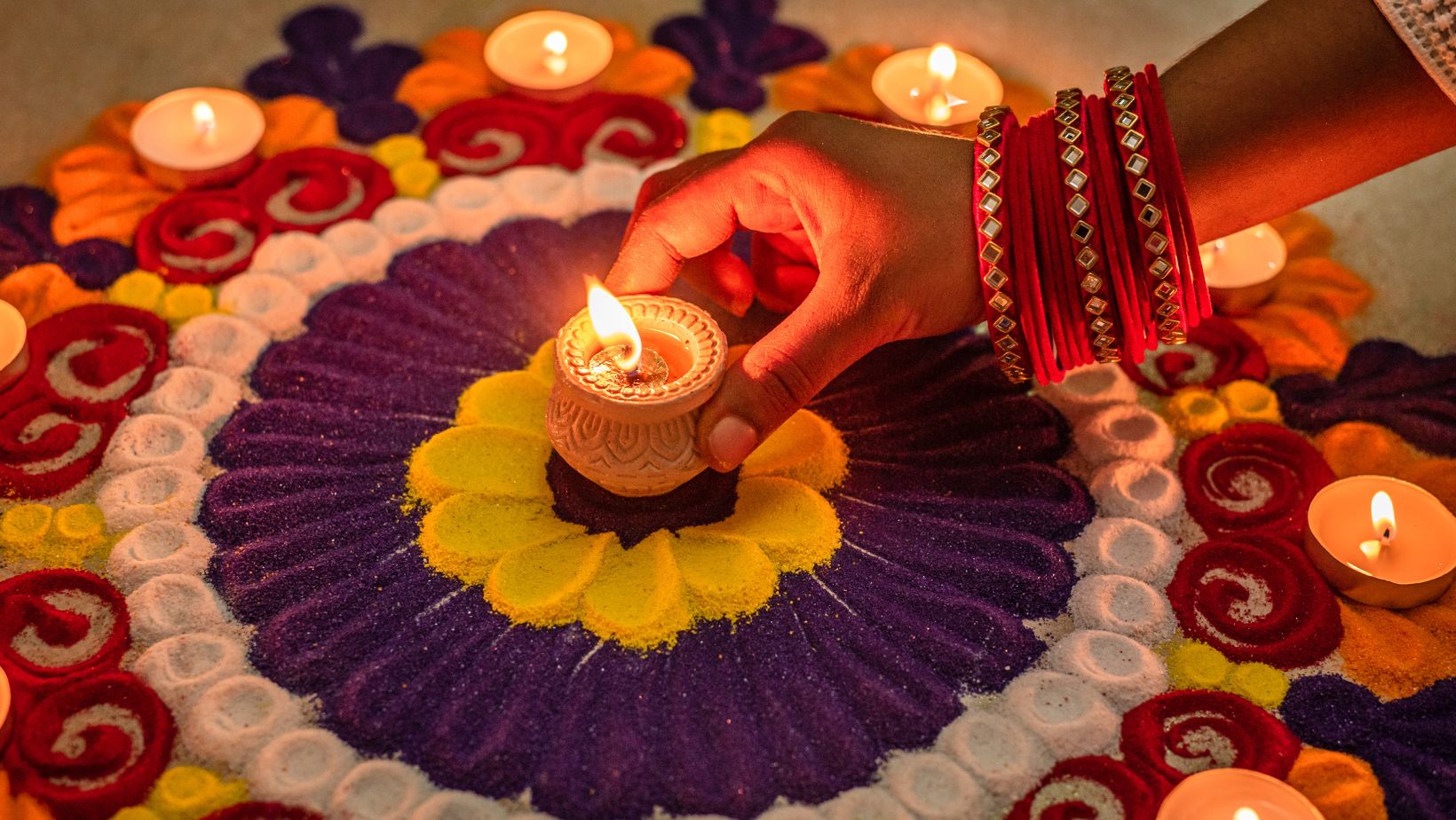Remembering Adiguru Shankaracharya on his Jayanti
Adi Shankaracharya: the Hindu Saint who propagated the philosophy of Advaita Vedanta
śaṃkaraṃ śaṃkarācāryaṃ keśavaṃ bādarāyaṇam । sūtrabhāṣyakṛtau vande bhagavantau punaḥ punaḥ ॥
शंकरं शंकराचार्यं केशवं बादरायणम् । सूत्रभाष्यकृतौ वन्दे भगवन्तौ पुनः पुनः ॥
I offer obeisances again and again to shri Veda Vyasa, the author of the Brahma sutras, who is none other than Bhagavan Vishnu, and Shri Shankaracharya, the commentator on those sutras, who is none other than Bhagavan Shiva.
Adi Shankaracharya, was a philosopher, theologian, and teacher who lived in India during the 8th century CE. He is one of the most influential figures in the promotion of Hinduism, and his teachings have had a profound impact on the religion and culture of India. Shankaracharya was born in Kerala in 788 CE**. He was a prodigious student, and by the age of 16, he had already mastered the Vedas, Upanishads, and other sacred texts of Hinduism. He then traveled throughout India, engaging in debates and discussions with scholars and teachers from various traditions!
The four matha / peetha
In his mid-twenties, Shankarachayra established four monasteries, or mathas, one each in Badrinath, Dwarka, Puri and Sringeri in India. He propagated the philosophy of Advaita Vedanta which advocates that there is only one reality and that all difference is an illusion.
Emphasising the ultimate reality of Brahman
आप्तोक्तिं खननं तथोपरिशिलाद्युत्कर्षणं स्वीकृतिं निक्षेपः समपेक्षते नहि बहिः शब्दैस्तु निर्गच्छति । तद्वद्ब्रह्मविदोपदेशमननध्यानादिभिर्लभ्यते मायाकार्यतिरोहितं स्वममलं तत्त्वं न दुर्युक्तिभिः ॥
A buried treasure will not come out just by calling it, but needs a good map, digging, removal of obstructing stones and so on to get at it. In the same way the pure reality, hidden by the effects of Maya, cannot be achieved by just abusing it, but by instruction from a knower of Brahman, reflection, meditation and so on. ~ Viveka Chudamani of Sankaracharya (verses 55-56, 60-66)
Shankara's teachings emphasized the unity of all existence and the ultimate reality of Brahman, the divine essence that underlies all things. He argued that the true nature of the self is identical to Brahman, and that the goal of spiritual practice is to realize this truth through the practice of self-inquiry and meditation. Shankaracharya's influence extended beyond the realm of philosophy and theology. He remains one of the most important figures in the recent history of Hindu philosophy. Adiguru Shankaracharya consolidated the doctrine of ‘Advaita Vedanta’ and played a pivotal role in the revival of Hinduism. He also played a key role in establishing the tradition of the Shankaracharya, or the head of a monastery, which has continued to the present day. He also wrote extensively, producing commentaries on the Upanishads, the Bhagavad Gita, and other texts, as well as original works such as the Vivekachudamani and the Upadesha Sahasri.
Shankaracharya passed away at the young age of 32, but his legacy has endured. His teachings have inspired generations of scholars, seekers, and devotees, and his influence can be seen in the ongoing development of Hinduism and Indian culture. Today, Shankaracharya is widely revered as a saint and a scholar, and his life and teachings continue to be celebrated and studied by people around the world. His life and legacy serve as a testament to the enduring power of wisdom, compassion, and spiritual insight.
** As per scholar, author and chronologist Shri Ved Veer Arya; as per astrological calculations and study of various manuscripts and archeological studies (as mentioned in detail in his book The Chronology of India), Adiguru Shankaracharya predates Common Era and his correct timeline is 568-536 BCE.
cover image: Wallpaper cave



